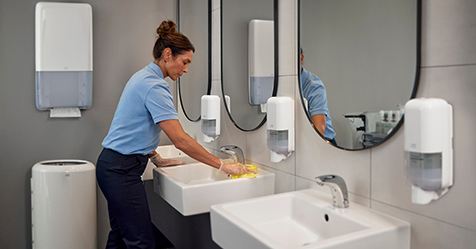CDC Updates Masking Information Webpage
Choose the right mask for the level of risk, but any mask is better than no mask
As the coronavirus enters its second year and the public, as well as frontline workers, grow weary of following safety protocols and need a refresher, the U.S. Centers for Disease Control and Prevention (CDC) has updated its webpage describing the types of masks and respirators used to prevent the transmission of COVID-19.
The updated page details the protection provided by available masks and respirators, and notes that some provide better protection than others. The updates reflect the latest studies on masking as well as scientific information the medical community has learned in the past two years.
According to the CDC, loosely woven cloth products provide the least protection, followed by layered, finely woven products. Well-fitting disposable surgical masks and KN95 respirators offer more protection, and well-fitting NIOSH-approved (National Institute for Occupational Health and Safety) respirators (including N95s) offer the highest level of protection.
The updated guidelines note that a highly protective mask or respirator may be most important for certain higher-risk situations such as:
- When you are caring for someone who has COVID-19
- When you’re on an airplane or public transportation, especially for a long period
- When you’re working at a job where you come into contact with a lot of people, especially when not everyone else is masked
- When you’re not up-to-date on COVID-19 vaccines
- If you have a risk factor for severe illness like a weakened immune system or a certain medical condition
- When you’re in a crowded public place, either indoors or outdoors.
The updated guidelines offer tips for getting a better fit and more protection from masks, such as:
- Wear two masks (a cloth mask on top of a disposable one)
- Combine a cloth or disposable mask with a fitter or brace
- Knot and tuck ear loops of cloth masks where they meet the edge of the mask
- Fold and tuck extra material on disposable masks under the edges
- Use masks that attach behind the head and neck with elastic bands or ties (rather than ear loops).
The CDC continues to recommend that everyone consistently wear the most protective mask they can find to help protect themselves and others from catching COVID-19. It is important to remember that any mask is better than no mask.


